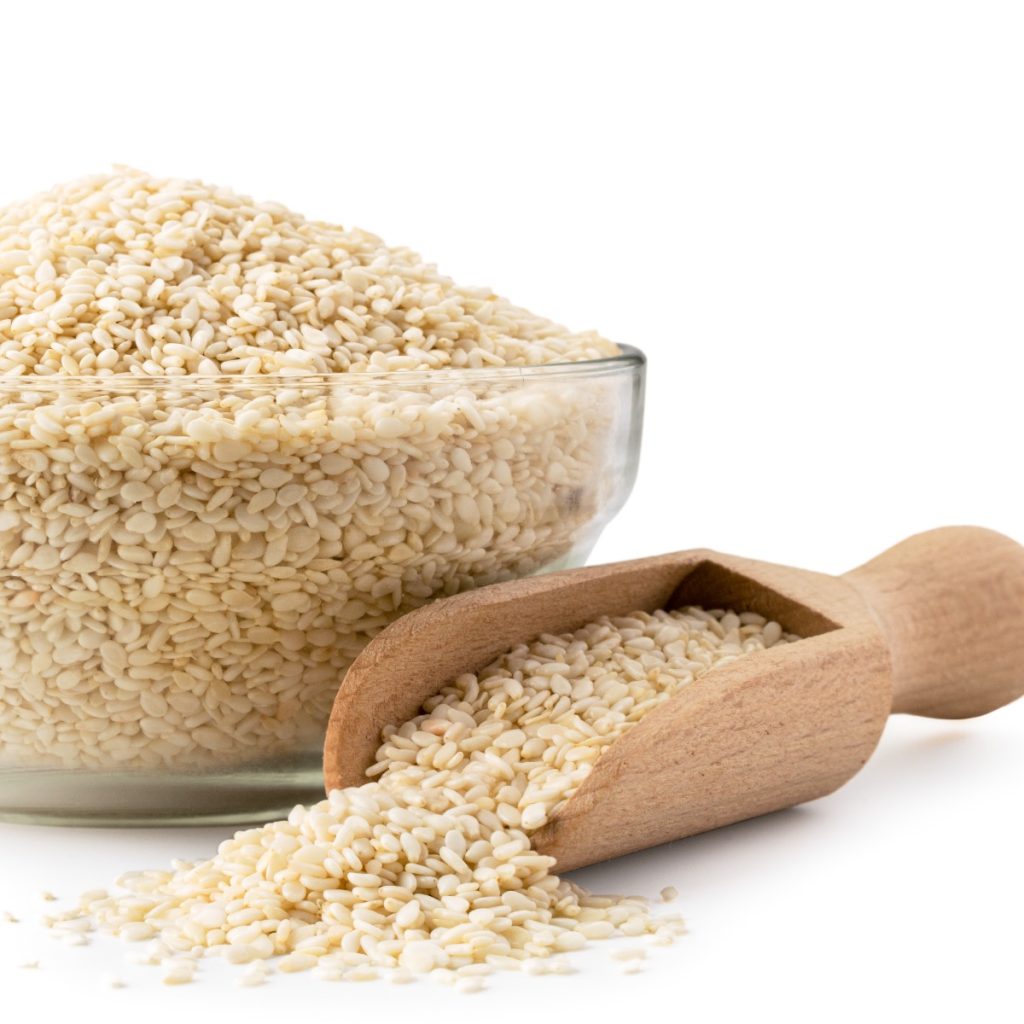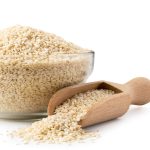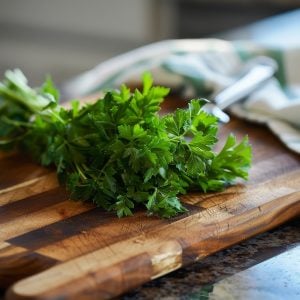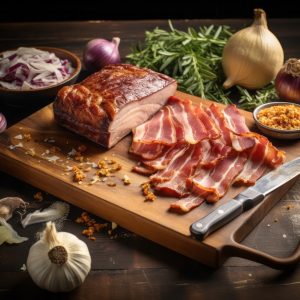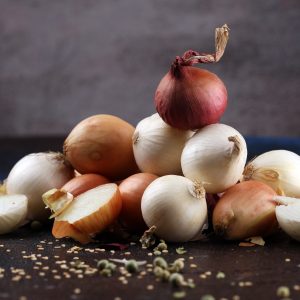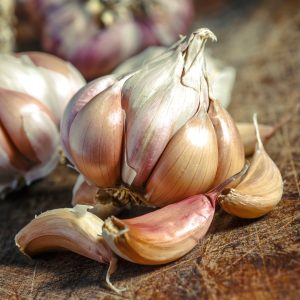What is Sesame?
Sesame is a flowering plant, Sesamum indicum, primarily grown for its edible seeds. It is one of the oldest oilseed crops known to humanity. The plant is native to Africa but has been cultivated in many regions across the globe, particularly in tropical and subtropical areas.
Sesame (Sesamum indicum) is a tall, annual flowering plant that thrives in tropical and subtropical climates. It is well-known for its resilience, ability to grow in poor soil conditions, and ability to withstand drought, making it an essential crop in regions with challenging growing environments. Sesame is one of the oldest cultivated crops in human history, with evidence of its cultivation dating back thousands of years in ancient civilizations such as Mesopotamia and Egypt.
Key Characteristics of the Sesame Plant:
- Appearance: The sesame plant typically grows to about 3 to 6 feet tall with broad, lance-shaped leaves. Its flowers, which range from white to pale pink or purple, are tubular and bell-shaped, often blooming singly or in pairs along the stem.
- Flowering and Pollination: The plant’s flowers are self-pollinating but can also benefit from wind or insects, such as bees. After pollination, the flowers develop into capsules that contain the sesame seeds. When mature, these capsules dry out and burst open, releasing the seeds—an event known as dehiscence.
- Adaptability: Sesame plants are exceptionally hardy and can grow in hot, arid environments where other crops might struggle. They are drought-resistant because of their deep root system, which allows them to access water from lower soil levels.
- Harvesting: Once the capsules dry and begin to split, sesame is usually harvested manually or mechanically. The seeds are then collected and processed for food or oil extraction.
The sesame plant plays an essential role in agriculture due to its resilience and its ability to thrive in challenging conditions, making it a valuable crop worldwide.
What Are Sesame Seeds?
Sesame seeds are tiny, nutrient-rich seeds that have a big punch in flavor and health benefits. Known for their nutty taste and crunchy texture, sesame seeds are used across many global cuisines, from Asian to Middle Eastern and beyond. Whether sprinkled over bread, stirred into stir-fries, or blended into sauces and dressings, sesame seeds offer a delicious way to enhance the texture and flavor of dishes.
These seeds come in various colors, including white, black, and brown, each with slightly different flavors. White sesame seeds are commonly used in baking and cooking, while black sesame seeds are often prized for their more intense flavor. Beyond their culinary uses, sesame seeds are packed with nutrients like calcium, magnesium, and healthy fats, making them a valuable addition to a balanced diet.
One of the most well-known sesame seed products is tahini, a creamy paste made from ground sesame seeds that is a staple in dishes like hummus and baba ganoush. Whether toasted for extra flavor or used raw, sesame seeds are a versatile and nutritious ingredient that adds depth and character to countless recipes worldwide.
Nutrition
In addition to their use in cooking, sesame seeds are also a good source of nutrients. They are high in iron, calcium, and magnesium, and are a good source of fiber. They also contain antioxidants and have been shown to have anti-inflammatory properties.
Sesame seeds are often used as a garnish on top of baked goods, such as bread and rolls, and are also used to make sesame brittle, a sweet, crunchy treat that is popular in many countries. They can also be sprinkled over salads and stir fries for added crunch and flavor.
Two Types of Sesame Seeds
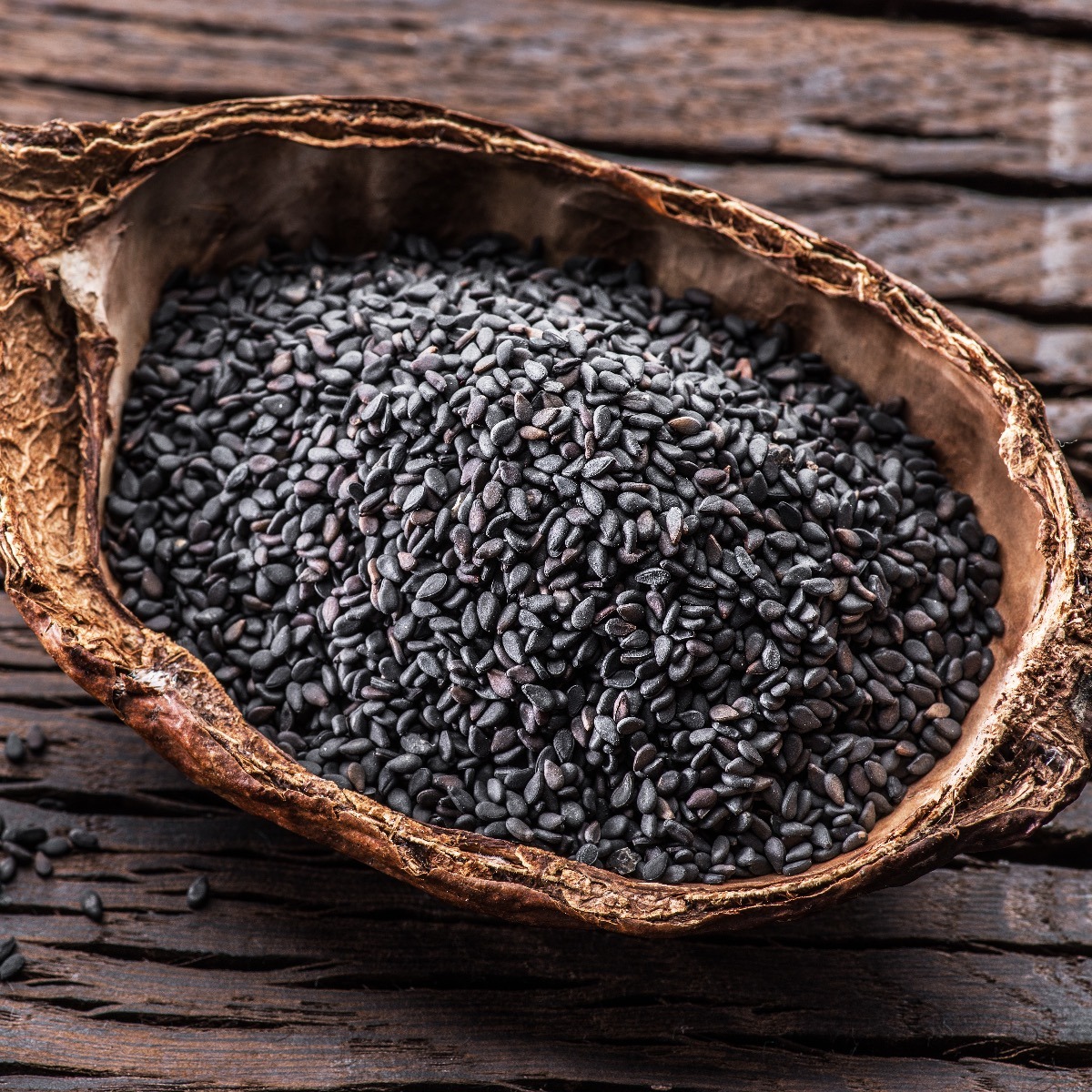
There are two main types of sesame seeds: white and black. White sesame seeds are the most common and are typically used in baking and in sesame oil production.
Black sesame seeds are dark in color, typically ranging from deep brown to black. They are native to Southeast Asia and are commonly used in traditional Chinese and Japanese cuisine. Black sesame seeds have a slightly stronger, more intense flavor than white ones and are often used as a garnish or in sauces and marinades.
Black sesame seeds are used in a variety of dishes, including as a topping for baked goods and noodles, in stir-fries and salads, and traditional Chinese and Japanese desserts like black sesame ice cream and mochi. They can also be ground and used as a condiment or in dressings and marinades.
In addition to their use in cooking, black sesame seeds are believed to have a number of health benefits. They are high in antioxidants and have been shown to improve digestion and lower blood pressure. They are also a good source of calcium, iron, and zinc.
Black sesame seeds are a flavorful and nutritious addition to any dish, whether you use them as a garnish or incorporate them into your cooking.
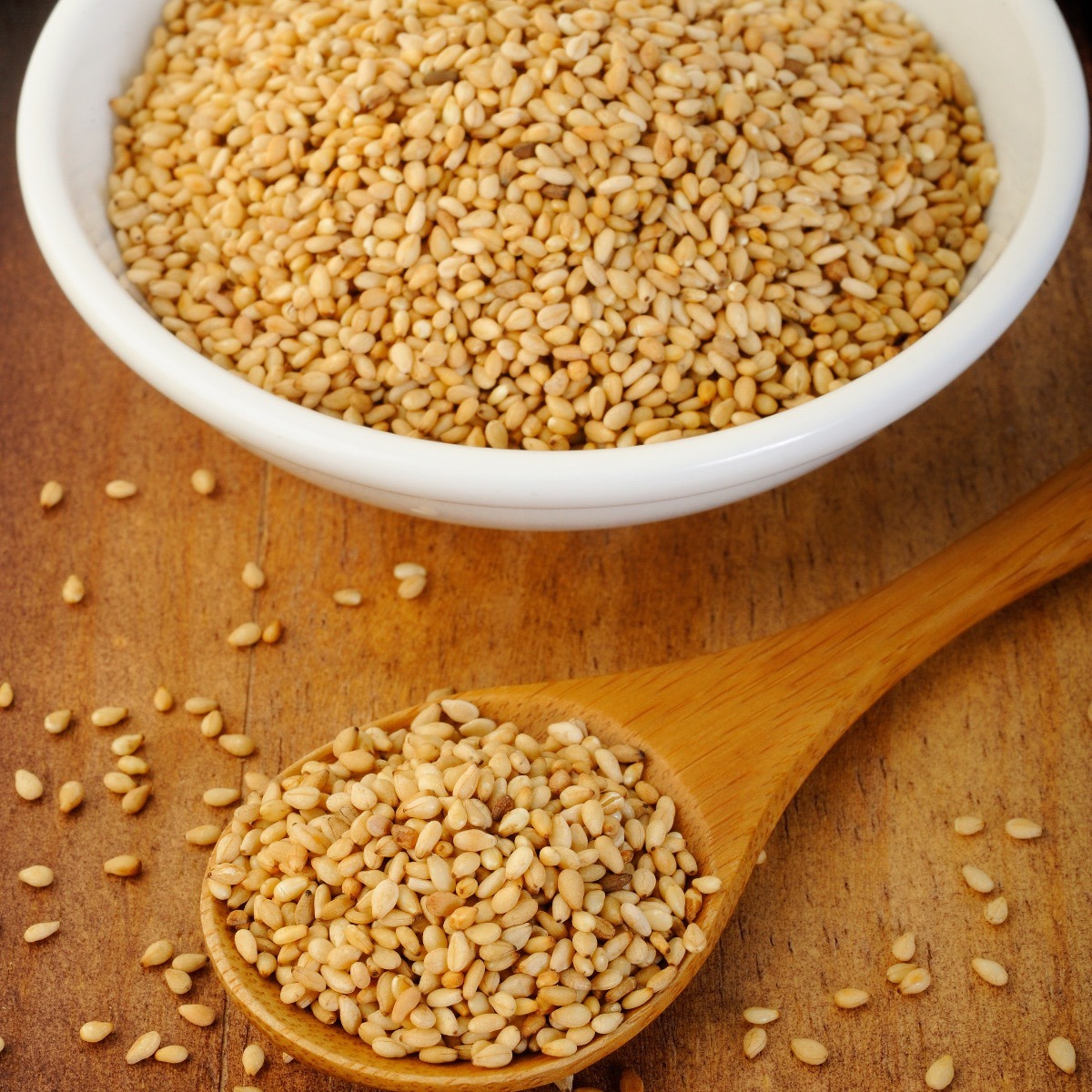
How To Use Sesame Seeds
There are many ways to use sesame seeds in cooking and baking:
- As a garnish: Sesame seeds are often used as a garnish on top of baked goods, such as bread and rolls, and can also be sprinkled over salads and stir fries for added crunch and flavor.
- In baking: Sesame seeds can be used in a variety of baked goods, such as bread, buns, and cookies.
- In Asian cuisine: Sesame seeds are commonly used in Asian cuisine, including in dishes like sesame chicken and in the production of sesame oil, which is popular for stir frying.
- In Middle Eastern cuisine: Sesame seeds are used to make tahini, a paste that is commonly used in Middle Eastern dishes like hummus.
- To make sesame brittle: Sesame seeds can be mixed with sugar and heated until caramelized to make sesame brittle, a sweet, crunchy treat that is popular in many countries.
- In granola and other breakfast cereals: Sesame seeds can be added to granola and other breakfast cereals for a nutty flavor and added crunch.
- As a topping for casseroles: Sesame seeds can be used as a topping for casseroles, such as green bean casserole, for added flavor and texture.
- In marinades and dressings: Sesame seeds can be ground and used in marinades and dressings for a nutty flavor.
- To make sesame milk: Sesame seeds can be ground and mixed with water to make a non-dairy milk alternative.
- In smoothies: Sesame seeds can be added to smoothies for a nutty flavor and added nutrients.
Sesame Oil
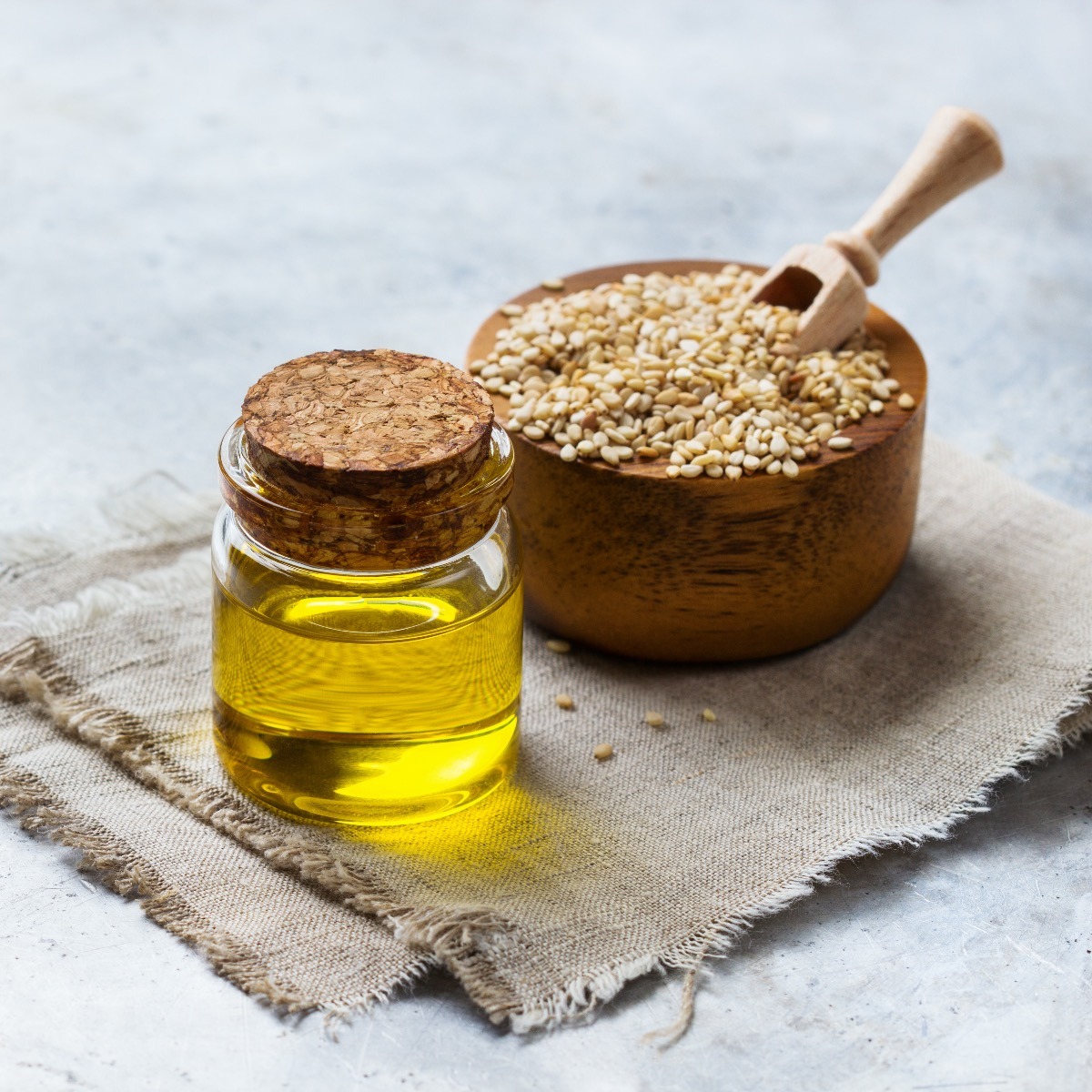
Sesame oil is a type of oil that is made from sesame seeds. It is popular in Asian cuisine and has a high smoke point, making it ideal for stir frying. Sesame oil has a nutty, slightly sweet flavor and can be used as a cooking oil or as a condiment.
Sesame oil is used in a variety of dishes, including stir fries, marinades, dressings, and dipping sauces. It can also be used in baking and as a finishing oil for dishes like soups and noodles. In addition to its use in cooking, sesame oil is also used in traditional medicine and is believed to have a number of health benefits, including the ability to lower blood pressure and improve cholesterol levels.
There are two main types of sesame oil: toasted and untoasted. Toasted sesame oil is made from toasted sesame seeds and has a stronger, more pronounced flavor. It is often used as a condiment or in small amounts to add flavor to dishes. Untoasted sesame oil, on the other hand, is made from raw sesame seeds and has a lighter, more neutral flavor. It is more commonly used as a cooking oil.
Sesame oil is a versatile and flavorful ingredient that can be used in a variety of dishes. It is high in antioxidants and has a number of potential health benefits. Whether you are using it for cooking or as a condiment, sesame oil is a tasty and nutritious addition to any meal.
Asian Style Snow Peas
Ingredients
- 1 lb snow peas trimmed
- 1 tablespoon sesame seed oil
- 1 tablespoon soy sauce
- 1 clove garlic minced
- 1 teaspoon ginger grated
- 1 teaspoon sugar
- salt and pepper to taste
- 2 teaspoons sesame seeds toasted
Instructions
- Heat a large skillet or wok over medium-high heat. Add the sesame oil and allow it to heat up.
- Add the snow peas to the skillet and stir fry for 1-2 minutes, until they are bright green and tender.
- In a small bowl, whisk together the soy sauce, minced garlic, grated ginger, and sugar. Pour the mixture over the snow peas and continue to stir fry for an additional 1-2 minutes.
- Season the snow peas with toasted sesame seeds and salt and pepper, to taste.
- Serve the snow peas hot, as a side dish or over rice for a light and flavorful meal. Enjoy!

